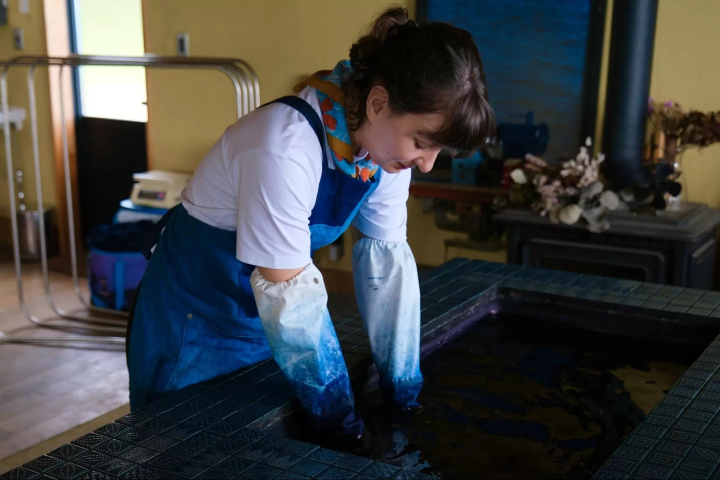Admire Kamakura Kinpezan Suisenji Temple's All-Year-Round Beauty

Kinpezan Suisenji temple in Kamakura is famous for the only preserved traditional garden built in the Kamakura Period, as well as beautiful floral and foliage scenery during each season of the year. Read more about this magical temple down below.
In the city of Kamakura, which served as a political and cultural center of Japan from the 12th to the 14th century, there are still numerous magnificent shrines and temples. One such place is Kinpezan Suisenji, which has earned itself the title of The Temple of Flowers, thanks to the exceptionally beautiful floral and autumn foliage scenery one can experience upon visiting.
Introducing Kinpezan Suisenji

The word “Kinpezan” originally means “the mountain of brocade folding screens (*1)”.
In autumn, when leaves become fascinatingly vivid, the mountain surrounding Suisenji looks as if a folding screen has been decorated with stunningly colorful brocade.
Still, Kinpezan Suisenji’s other name is “The Temple of Flowers”.
Another almost magical happening occurs in spring – the path leading from the temple entrance becomes full of dashing mountain cherry trees, giving the impression of it being a floral cloister in some magical garden. But the magic doesn’t stop with the passing of seasons – in summer, there are hydrangea flowers enchanting the passengers, and during winter, visitors to the temple can take joy in the beautiful winter cherry trees, daffodils, and many other lovable blooms. The raw beauty of nature impresses the visitors throughout the whole year with its magnificent flora.
*1 Byobu (Folding screen): a piece of folding furniture that has space partition or decorative purpose.
The One and Only Japanese Garden from the Kamakura Period
Kinpezan Suisenji was built by Muso Kokushi back in 1327.
Muso Kokushi had a major role in the prosperity of Rinzai Sect of Zen Buddhism during the Kamakura (*2), and the following Nanbokucho (*3), periods.
The proof of his vast influence can be found in the fact that some of the prominent leaders and the most powerful men of the Nanbokucho Period, such as Emperor Go-Daigo and Takauji Ashikaga, put their utmost trust and confidence in him.
According to the Zen doctrine, affection for beautiful gardens is considered to be a method that leads to the purification of one’s soul. It was this ideology that led Muso Kokushi to hollow the cliff in the vicinity of Suisenji to create a magnificent garden.
This Suisenji Garden is of immeasurable historical value, as well, because it represents the only preserved Japanese traditional garden built during the Kamakura Period.
By the end of the Edo Period (1603-1868), Suisenji was often visited by numerous eminent persons of literature and other cultural spheres of that period, and is said to have inspired many of them, starting of the great thinker Shoin Yoshida, and countless others, so even today you can find various commemorative plaques honoring their visit to the temple.
There are two other “Suisenji” temples, one in Asakusa in Tokyo, and one in Kyoto, but it is important to remember that the both of those other temples actually belong to another sect of Buddhism called Jodoshu (or the Pure Land Sect). Let’s try not to get the three mixed up.
*2 Kamakura Period: lasted from 1185 until 1333; a period during which the country’s government was situated in Kamakura and was led by the hand of samurai – the so-called Kamakura Bakufu.
*3 Nanbokucho Period: lasted from 1336 until 1392; a period during which the samurai and the noble families fought over the right to govern the country (the hegemony right).
How to Get to Suisenji

If you’re planning to visit Suisenji, hop on the bus bound for Daitonomiya from the eastern exit of Kamakura Station of JR Yokosuka Line and Enoshima Railway, and get off at the last station of Daitonomiya. After that, you just need to enjoy a little walk for around 10 to 15 minutes.
What Not to Miss at Suisenji

Suisenji Garden
As we have mentioned before, the only remaining traditional garden from the Kamakura Period is situated in Kamakura in this temple. As it was carved out of the bedrock, it is also considered an early example of one of the traditional styles of Japanese garden-making, the petite and refined so-called “Shoin-style” (or residential style) garden.
Tennyodo
There are two large caves carved out of two bedrocks in the temple grounds – Tennyodo in the northern part, and Zazendo, in the eastern part, each intended to serve as a place for practicing zazen (Zen meditation).
Visitors can also admire a few other architectural and art structures found in front of the caves, such as lakes and bridges built over them.
Hondo
Upon entering hondo, or the main temple building, you can appreciate some of the great works of the sculptors from different eras – the seated statue of Shakyamuni; the wooden seated sculpture of Muso Kokushi, said to have been carved during the Nanbokucho Period; and the wooden seated sculpture of Thousand-armed Kannon, said to be a donation to the temple by Mitsukuni Tokugawa, the lord of the Mito Domain, once part of Ibaraki prefecture during the Edo Period.
If you take a look at the side of hondo, you will notice beautiful shoots of winter jasmine and winter cherry, considered to be a natural monument of the city of Kamakura.
Dokomoku Jizo
Dokomoku Jizo is a statue of Jizo deity, with a somewhat peculiar name, sitting on the left side of the temple grounds. The meaning of the word “dokomoku” is that “wherever one goes, there will be suffering”.
There is an anecdote related to the Jizo statue – a long time ago, the guardian of the temple couldn’t bear the meager lifestyle of his anymore, so he tried to think of a way to escape that poor life; however, the Jizo deity appeared in his dream, and spoke the words “dokomoku, dokomoku”, meaning that “the suffering will be the same wherever he goes”, which made him give up on running, and keep protecting the temple from then on, as well.



























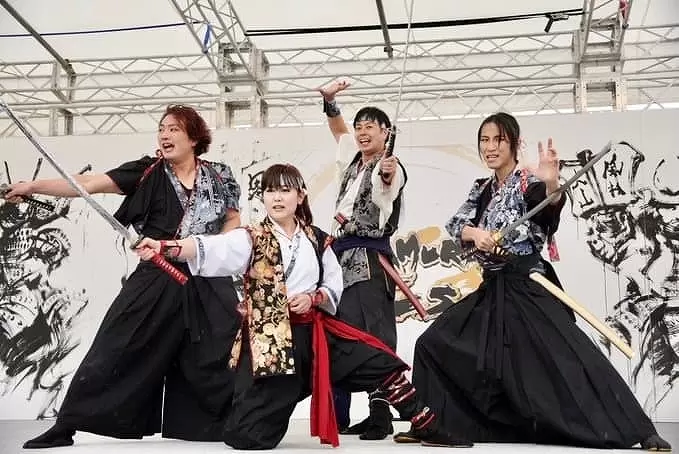
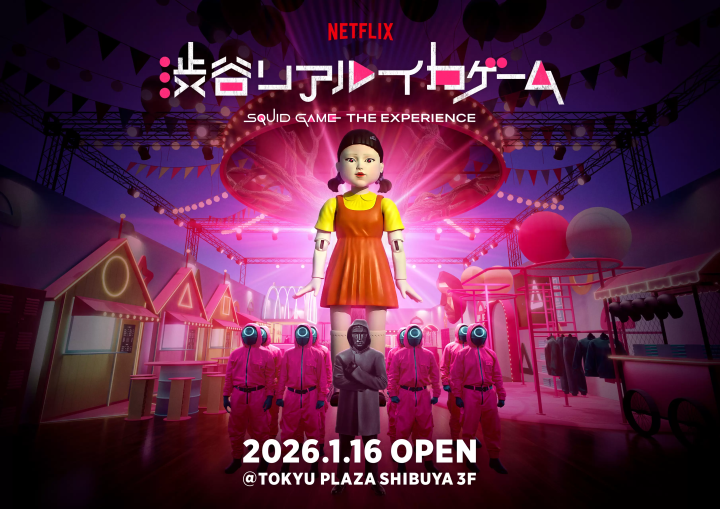








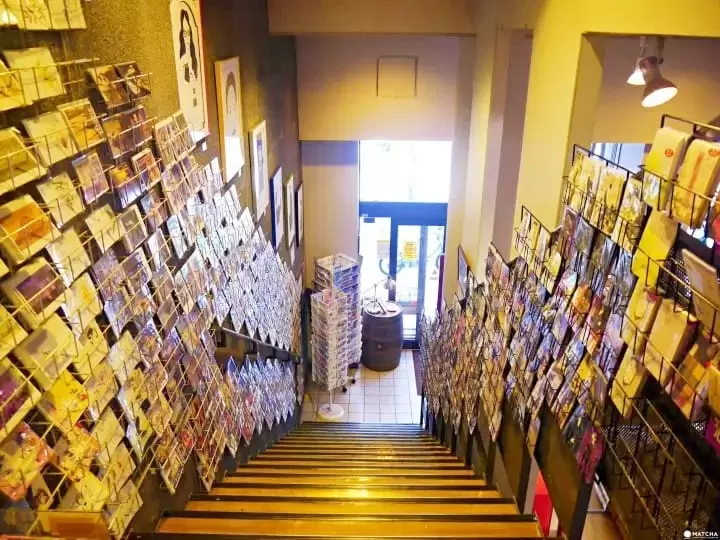
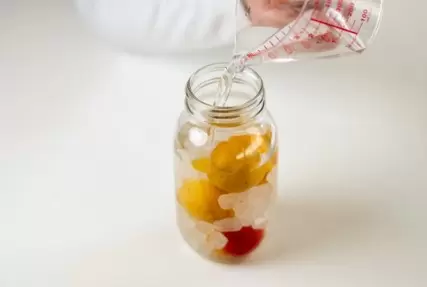
![[Just a short distance from Nagoya] Popular Taiwanese YouTuber Alan tours Aichi, Tokoname!](https://resources.matcha-jp.com/resize/720x2000/2026/01/08-255181.webp)
